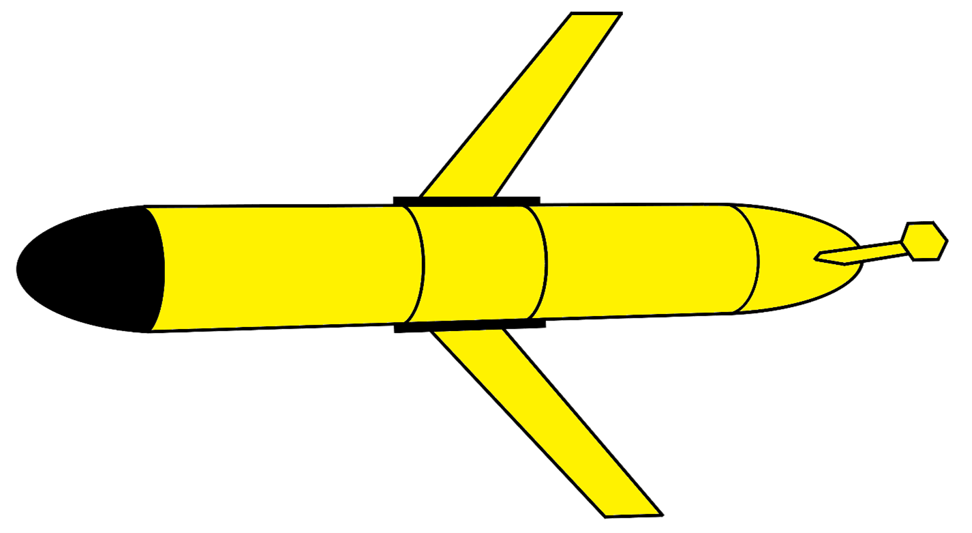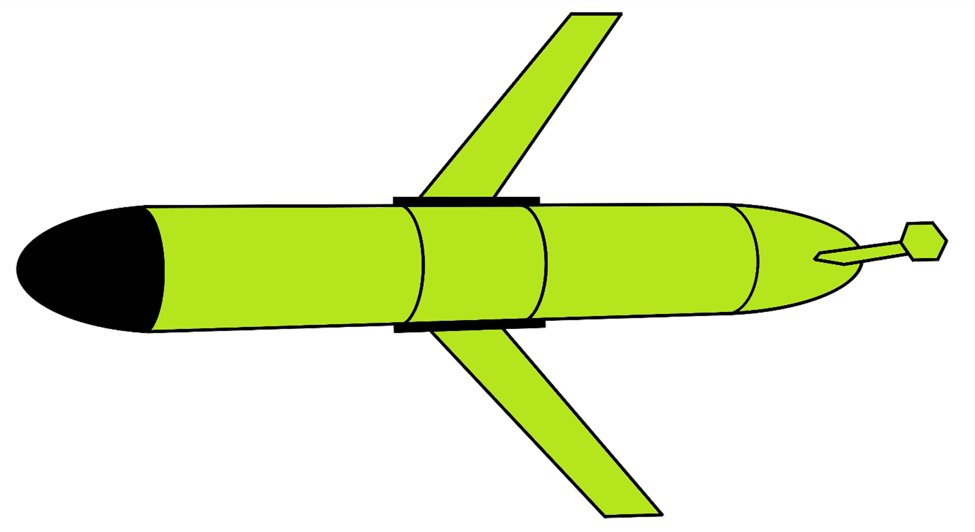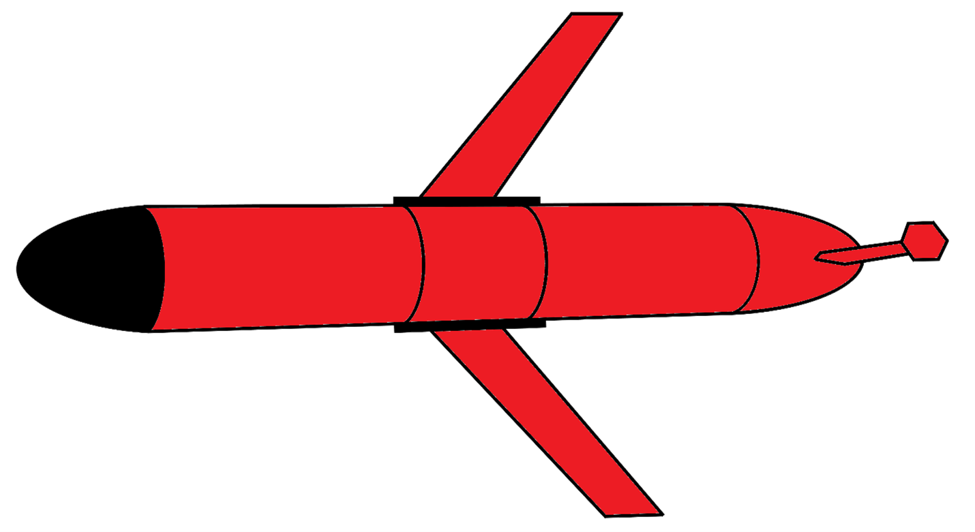Thursday, 24 July 2014
Follow the gliders
You can now follow the progress of the three gliders down the Labrador Shelf in Google Earth on our map page.
Sunday, 20 July 2014
Oxygen Measurements
On the cruise we collected water samples
and performed Winkler titrations to determine oxygen concentrations. This is one step in the
process to calibrate the oxygen sensors on the gliders.
Rosette coming back on the boat with bottles containing water from specified depths.
Photo credit: Robin Matthews
Taking water samples from the Niskin bottles.
Photo credit: Tara Howatt
Titration set up and BOB the software program.
Photo credit: Robin Matthews
Making sure the tubes are free of bubbles.
Photo credit: Robin Matthews
Wednesday, 16 July 2014
Glider release!
Our three gliders were deployed from the Hudson's zodiac on July 4th and 5th. Before their release, short test dives were conducted with each while they were attached to the zodiac by a line. Once complete, the tether was removed and the gliders dove off on their multi-month traversals of the Labrador Sea.
Carrying a glider aboard the zodiac. Credit: Dave Herbert
Heading off to the launch site. Credit: Sarah Marcil
In goes a glider. Credit: Dave Herbert
Credit: John Loch
The gliders proved a great curiosity to seabirds.
Credit: Tara Howatt
Credit: Robin Matthews
Time for a test dive. Look closely and you can see the tether.
Credit: Robin Matthews
A glider surfaces after a successful test dive.
Credit: Robin Matthews
Credit: Robin Matthews
Tether removed, a glider dives to a seabird send-off.
Credit: Robin Matthews
Wednesday, 9 July 2014
Our gliders
There are three VITALS gliders. Two from Memorial University of Newfoundland (MUN) and one from McGill. One is a shallow (200m) glider and two are deep (1000m) gliders. The MUN 1000m glider incorporates a thruster for extra forward power.
All three measure temperature and salinity. The MUN and McGill 1000m gliders also measure dissolved oxygen. Additionally the McGill glider can profile current velocity.
Tuesday, 8 July 2014
What are gliders?
Gliders are autonomous underwater vehicles. They dive and climb in the water column and are propelled forward as they do so. When they return to the surface they get a GPS fix on their position and can be remotely commanded to change course.
There a few different types of gliders out there. We use Slocum gliders built by Teledyne Webb Research. They can be recognised by their colour - bright yellow.
Saturday, 5 July 2014
LabSea 2014 Map
View track:



Mission Complete: Aug 22nd 2014
Plugin not working?: It won't work in the 64 bit version of Chrome or Internet Explorer 10+. Try another browser (e.g. Firefox).
Subscribe to:
Comments (Atom)








.JPG)







